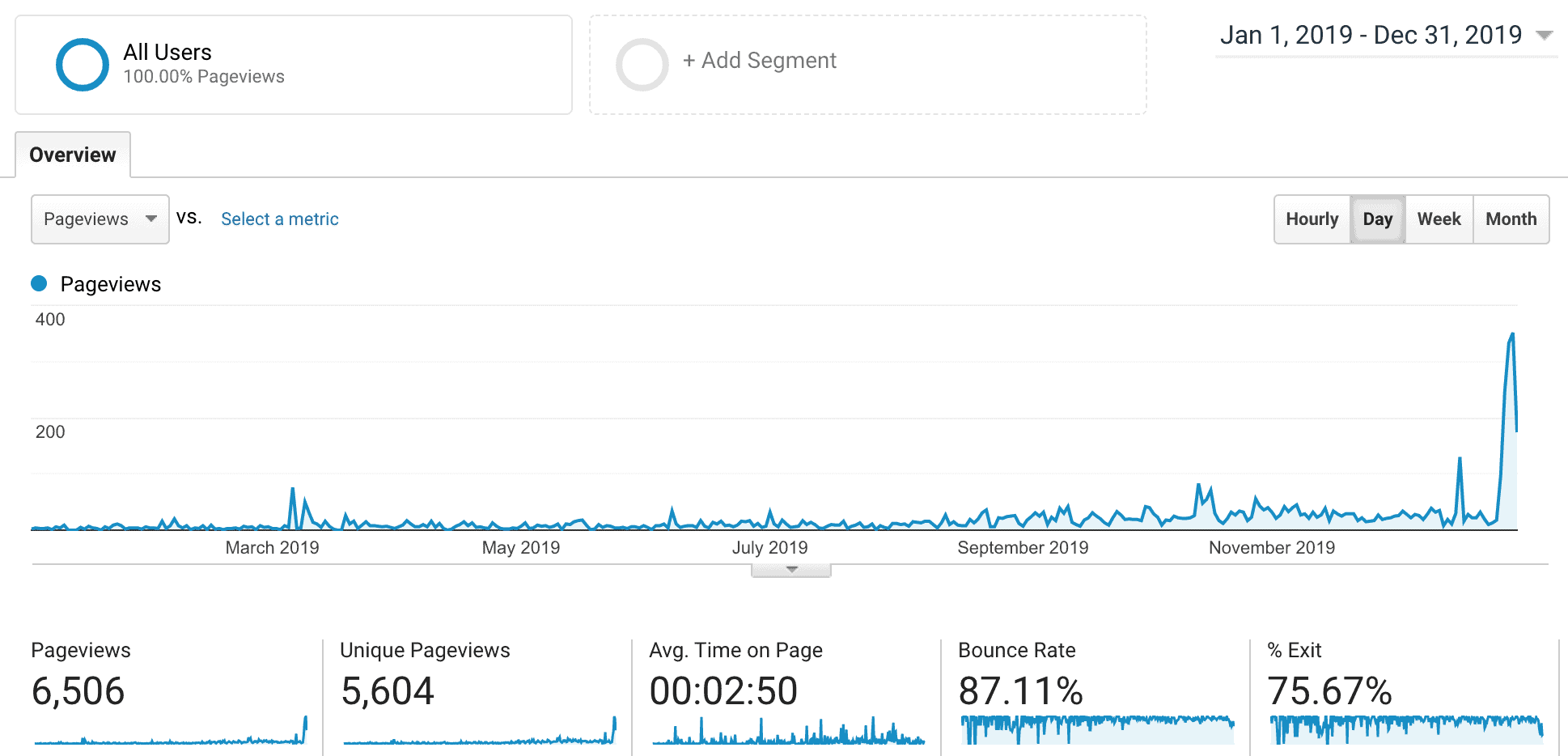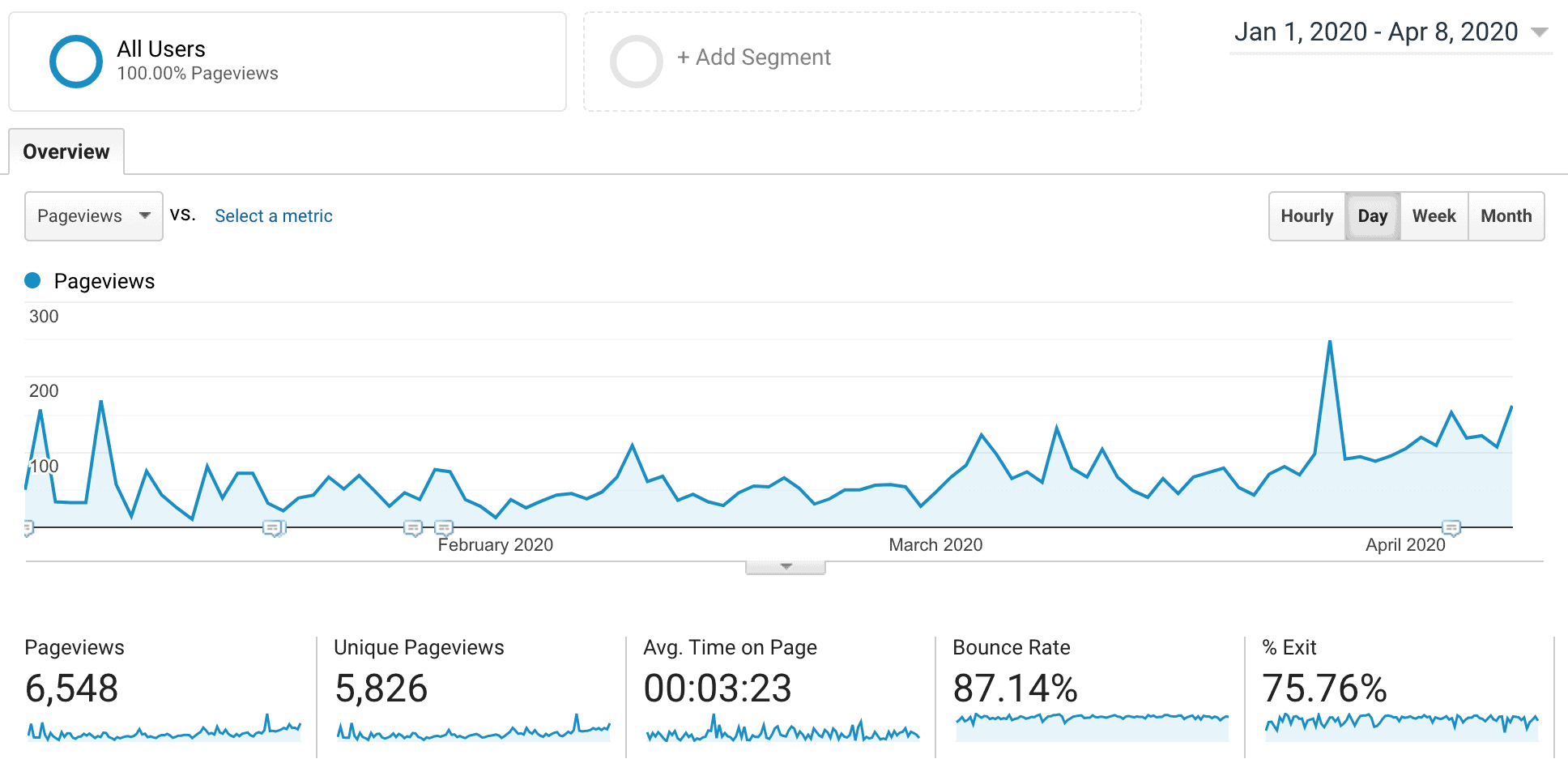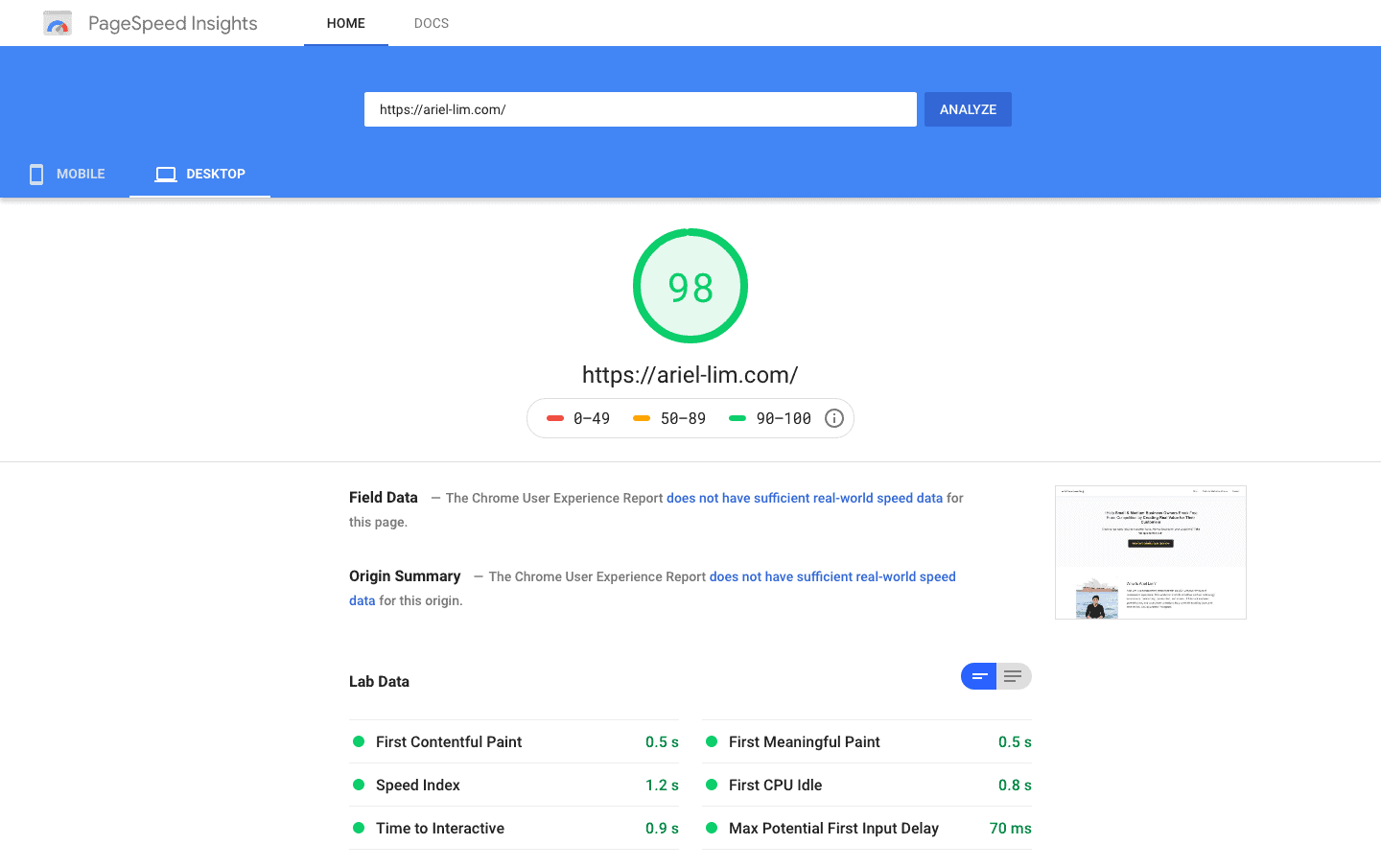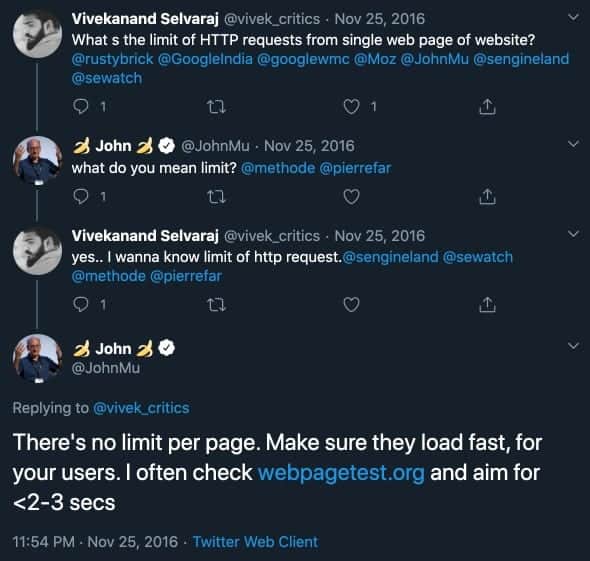The strategy canvas is a tool from the Blue Ocean Strategy that allows you to visually see the current strategic landscape of any industry, how your business fits in, and the future state you want to be in.
Like the buyer utility map, the strategy canvas also helps you see what the industry is focusing on and at what levels the key players are investing in but from a different perspective.
What Is the Strategy Canvas?
The strategy canvas is a graphic that shows you an industry’s or company’s strategy, what they focus on, and the value customers receive.
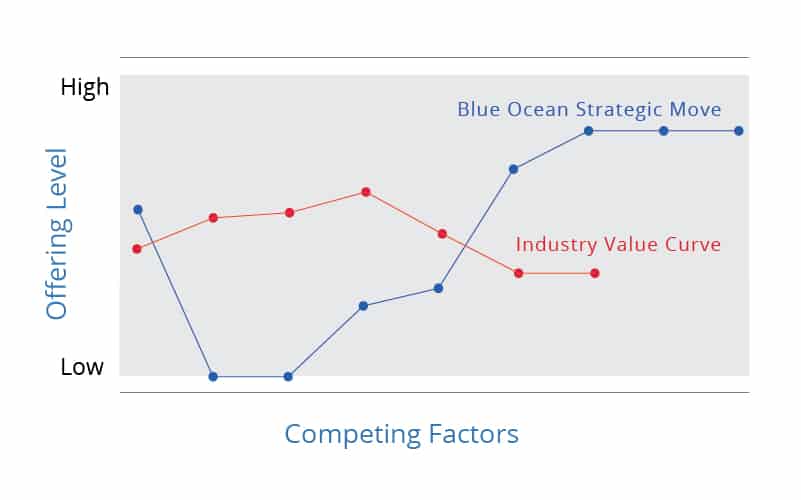
It is composed of two axes:
- The horizontal axis which captures the key factors an industry competes on and invests in; and,
- The vertical axis which captures the offering level that buyers receive across all the key competing factors
The line graph that you get after plotting out the competing factors and offering level is called the value curve or strategic profile.
In the example above, the red line represents the industry’s value curve. Companies in the industry generally follows the same strategic profile—they invest in the same competing factors, offer the same things, and customers get the same level of value from it.
The blue line represents a blue ocean strategic move. You’ll notice the value curve is completely different from the industry’s value curve. More on this below.
Benefits of the Strategy Canvas
There are many benefits from using the strategy canvas.
First, the strategy canvas helps you understand the strategy of the industry players. And if you add your own strategic profile, you can see if it is similar to your competitors or not. By visually plotting the strategies of the industry and your own, it makes it easier to understand your own strategy.
The strategy canvas also helps business leaders communicate its strategy to its employees and other key stakeholders. According to a research by the Harvard Business Review, 95% of a company’s employees are unaware of, or do not understand, its strategy.
If the employees who are closest to customers and who operate processes that create value are unaware of the strategy, they surely cannot help the organization implement it effectively.
—Harvard Business Review
Lastly, creating your current or as-is strategy canvas provides a baseline for change. If you and the major industry players all have the same strategies, this is a great opportunity to stand out. Instead of competing with each other, normally in form of price wars, you can look elsewhere to find more lucrative opportunities.
How to Use the Strategy Canvas
You can use the strategy canvas in two ways:
- Capture the current state of play in your industry —this is called the as-is strategy canvas
- Drive action to change and create a to-be strategy canvas
By capturing how you and your industry competes, you get to visualize how similar your approach is to one another. This is the first step you should not skip.
Oftentimes, when you try plotting out the industry’s strategy canvas, you’ll see two profiles that emerge—high-end and low-end players. The two curves will look similar. The only difference is the offering level.
Take a look at the strategy canvas for the wine industry. You’ll see that there are premium wines and budget wines. So, how do you stand out?
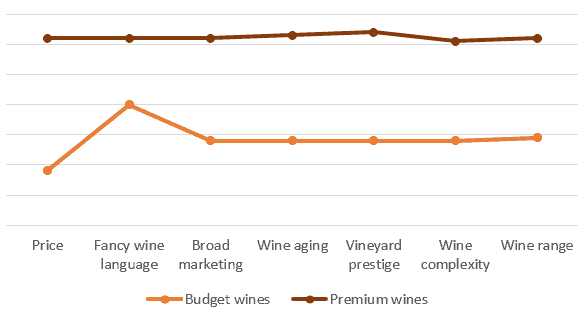
In most cases, businesses rely on one tactic—promos or discounts. This pushes everyone in the industry to compete solely on price. But unless you have a low-cost infrastructure in place, you won’t be able to compete as well as other brands. Think of the Walmarts and Amazons—they can command a low price in their offerings and still gain a profit because of economies of scale.
And as brands become more similar, people increasingly base purchase choices on price.
—Blue Ocean Strategy
After plotting out the industry’s value curve, you then layer in your own. If you are objective, you will find that you will fall on either the high-end or lower-end of the spectrum. Meaning, your strategies are similar to everyone else.
But that means you can no longer deny that you need to change your strategy if you want to succeed and become more profitable. And that’s the second way you can use the strategy canvas—plot your future state.
This visual graphic is a powerful tool in persuading leaders and other executives to stop their status quo thinking. Instead of competing for the same pie that just keeps getting smaller, why not make your own pie?
Instead of coming up with “clever” ways to get customers to buy from you, shift your thinking to whether or not you are actually adding exceptional value to your customers.
“By questioning conventional definitions of who can and should be the target buyer, companies can often see fundamentally new ways to unlock value.”
—W. Chan Kim, Blue Ocean Strategy
One way to achieve this is by applying the four actions framework.
Four Actions Framework Overview
The four actions framework is an accompanying tool to the strategy canvas. It’s a different way of thinking that challenges the assumptions you and everyone else is making about the industry and the customers.
After plotting out the strategy canvas, you ask yourself these questions:
- Eliminate—which factors that the industry takes for granted should be eliminated?
- Reduce—Which factors should be reduced well below the industry’s standard?
- Raise—Which factors should be raised well above the industry’s standard?
- Create—Which factors should be created that the industry has never offered?

Strategy Canvas Case Study: How [yellow tail] Entered the Mature Wine Industry
Here’s a great case study of using the strategy canvas and applying the four actions framework. Watch this video for a quick overview.
In July 2001, Australia’s Casella Winery introduced [yellow tail] into this highly competitive US market. Small and unknown, they had expected to sell 25,000 cases in their first year. In fact, they had sold nine times that amount. By the end of 2005, [yellow tail]’s cumulative sales were tracking at 25 million cases. [yellow tail] soon emerged as the overall best selling 750ml red wine, outstripping Californian, French and Italian brands. This case examines the strategic move executed by [yellow tail] that made it the number one imported wine and the fastest growing brand in the history of the US and Australian wine industries.
Strategy Canvas Example: Wine Industry

Let’s go back to the strategy canvas of the wine industry. You’ll notice two value curves: premium and budget wines. They all compete on the same factors but buyers receive different levels of value.
Remember, this was back in the early 2000s.
Premium wines have higher prices, use more fancy language, and pride themselves in their history and Appellation d’origine contrôlée. Budget wines communicate the same way but offer “less” in the same factors.
Strategy Canvas of [yellow tail]
Now, let’s take a look at [yellow tail]’s strategy canvas
![[yellow tail] strategy canvas](https://ariel-lim.com/wp-content/uploads/2020/08/strategy-canvas-yellow-tail-wine-industry-blue-ocean-strategy.png)
The first thing you’d notice is the strategic profile of [yellow tail] is completely different from the industry players. Here’s what they did through the lens of the four actions framework:
- They eliminated certain factors like using fancy wine terms, marketing, and aging. This helped reduce the costs normally associated with it.
- They reduced investments on some factors such as their vineyard prestige, wine complexity, and offerings.
- They also raised their prices above budget wines
- Lastly, they created several factors to reach a bigger market
Doing these things simplified the wine selection for many consumers which contributed greatly to their success.
Historically, the industry has proudly promoted wine as a refined beverage with a long history and tradition. This has alienated a large portion of consumers who have viewed wine as intimidating and pretentious. Alternatives — beer, spirits and ready-to-drink cocktails — have captured three times as many U.S. consumer-alcohol sales.
—Entrepreneur
Instead of competing directly with the industry players and blindly taking for granted the value consumers get, they created a new space. They made their competition irrelevant.
3 Characteristics of a Good Strategy
Since we’re talking about strategy, let’s look at three characteristics of a good strategy according to the authors of the Blue Ocean Strategy.
- Focus
- Divergence
- Compelling Tagline
You’d see how [yellow tail]’s strategy met those three criteria. They are focused on providing simple, uncomplicated wine selections to the mass of alcohol drinkers. They’re also not competing on the same factors as others.
Let’s take a look at another example: Southwest Airlines.

As you can see above, Southwest Airlines’ strategy has an extreme focus on customer needs such as friendliness and speed. They also created a new factor that was previously non-existent.
They realized that people traveling needed to go from point A to point B fast. And that’s what they delivered. They reduced and eliminated other factors like lounges and seating classes. They simply focused on getting their passengers to where they wanted to go.
Over to You
For most people, strategy seems to be something not tangible. For some, it’s a document with slides and spreadsheets that you just visit once a year. But if you want to succeed, your strategy needs to be clear and communicated throughout your entire organization.
At its simplest definition, a strategy is how you achieve your goal. Using the strategy canvas helps you document your strategy in one graph.
Plot out your industry’s value curve then add your own. Compare them to see if they look similar or not. Oftentimes, you’ll realize that everyone is competing on the same things and the value the customers get are also the same.
If it’s similar, what factors can you eliminate, reduce, raise, or create? Don’t assume that these factors every other industry player invests on is what the consumer wants or needs.
How does your strategy compare to others? What does your strategy canvas look like?
Frequently Asked Questions
What is the strategy canvas?
The strategy canvas is a tool from the Blue Ocean Strategy that helps you visualize any industry’s strategy and develop your own as well. It’s composed of two axes: the factors the industry competes on and the level of value a buyer receives.
How can I use the strategy canvas?
There are two main ways to the strategy canvas: identify the current state-of-play in any industry and use it as a starting point to drive action to change.
What do I do if my strategy looks the same as my competitors?
When your strategy looks similar like everyone else, apply the four actions framework to break away from what everybody else in the industry is competing and investing on.



